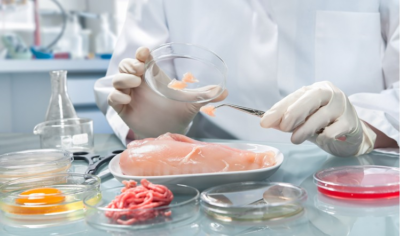Description
Multi-Sulfonamide
| Assay Time | Limit of Detection (Sensitivity) | Sample Types |
| 75 mins | Honey *CCβ 20ppb (Rapid Screen) Honey 3ppb (SPE Screen) Urine 50ppb Muscle/Seafood 10ppb |
Honey
Urine Muscle/Seafood |
The MonoTrace Multi-Sulfonamide ELISA kit provides highly sensitive and reliable detection of sulfonamide residues in food products of animal origin. Designed for laboratories, food producers, and quality control teams, it ensures compliance with maximum residue limits (MRLs) and helps protect consumers from antibiotic contamination and resistance risks.
This ELISA test allows simultaneous screening of multiple sulfonamides in complex food matrices, including meat, poultry, eggs, and dairy products. It supports both quantitative measurement and qualitative “yes/no” detection, enabling efficient monitoring and rapid decision-making in routine food safety programs.
Manufactured in an ISO 13485-accredited facility, the kit delivers fast, reproducible, and dependable results—supporting regulatory compliance, food safety monitoring, and consumer protection by preventing antibiotic residues from entering the food chain.






